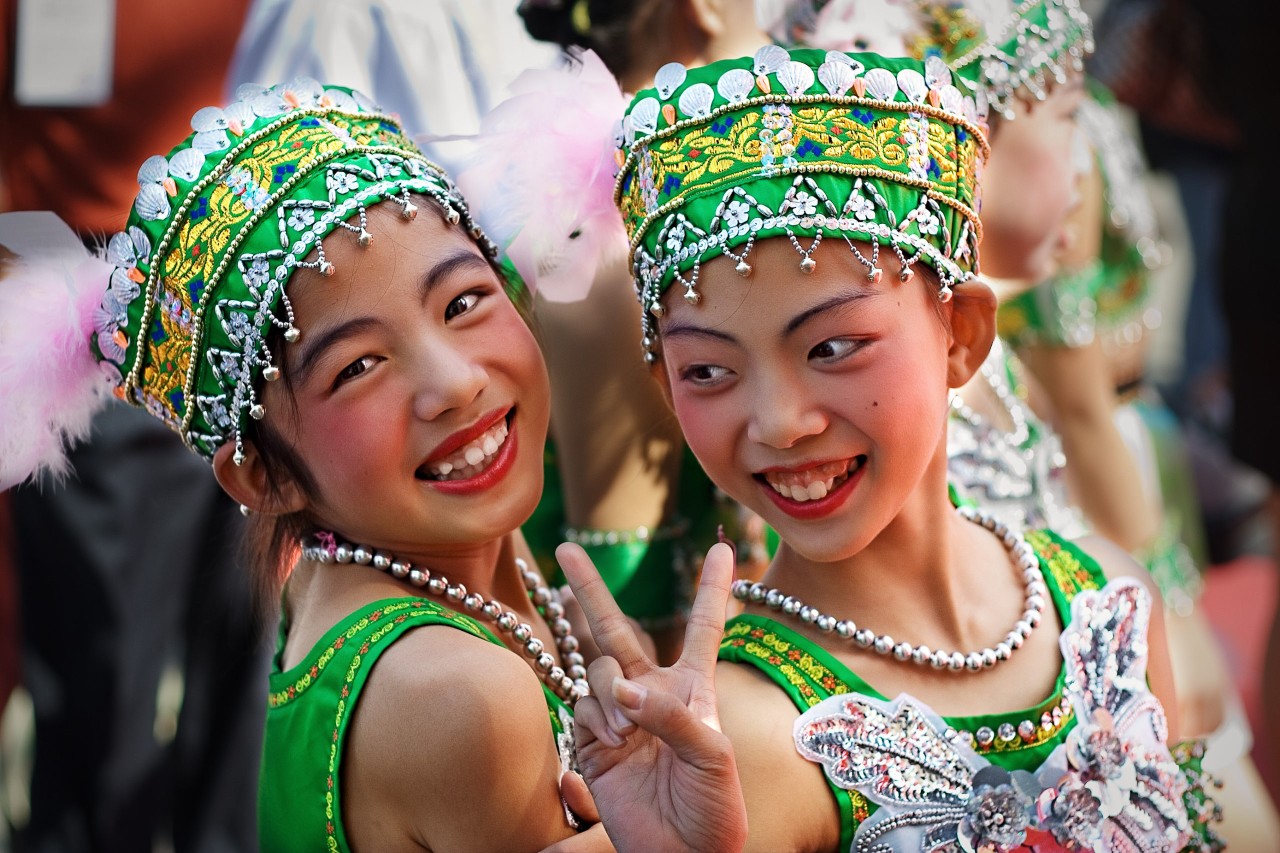 How People Express and Perceive Smiles
How People Express and Perceive Smiles
We know that expressions differ across cultures, but an exploration of how we recognize smiles brings that observation to the forefront!
In a major 1993 study, Humintell’s own Dr. David Matsumoto and Tsutomu Kudoh sought to explore the differences between how Americans and Japanese express and perceive smiles. This would reveal different cultural assumptions but also managed to demonstrate some potentially unexpected similarities.
Smiles are great places to begin this sort of work, as there are many kinds of smiles, and they all reveal different emotions or serve different social functions.
Initially, it is important to note that Americans and Japanese, when alone, tend to display very similar expressions of disgust, anger, fear, and sadness. These have been shown to be universal expressions, after all. However, this is not always true when others are present in the room, as many Japanese participants would smile despite being exposed to disgusting or sad imagery.
This would be explained by the fact that smiles have some negative connotations in Japan, where maturity is seen as rooted in stoicism and seriousness despite underlying emotions. Instead of expressing joy, smiles are often used for that purpose: to hid underling emotions rather than display them.
Because of their differing uses, therefore, it would stand to reason that people from different cultures would read into smiles differently. If we are accustomed to smiling during times when we are sad, we will be less likely to attribute happiness to other people who are smiling.
Smile Study Methodology and Results
Drs. Matsumoto and Kudoh sought to further disentangle these phenomena by exposing American and Japanese participants to images of both smiles and neutral faces. They were then asked to evaluate attractiveness, intelligence, friendliness, and sociability in each case. The overall goal of this study was to determine whether participant culture had a significant impact in these evaluations.
As it turns out, American judges rated smiling faces as more intelligent, and both judges rated smiling faces as being more sociable. While they agreed on the latter point, Americans rated smiling faces as being much more sociable than did their Japanese counterparts.
Both of these distinctions fit with the notion that Americans emphasize smiling more in social interactions. Americans would perceive the lack of a smile from a Japanese individual as a potentially negative sign, while Japanese may do the opposite.
Yet, despite these differences, both participants rated smiles as being more attractive. This may indicate the smiles reflect external characteristics rather than more internal notions like sociability and intelligence.
Still, it is clear that the smile is an incredibly important component towards effectively reading people, but we have to temper that with an understanding of cultural differences.